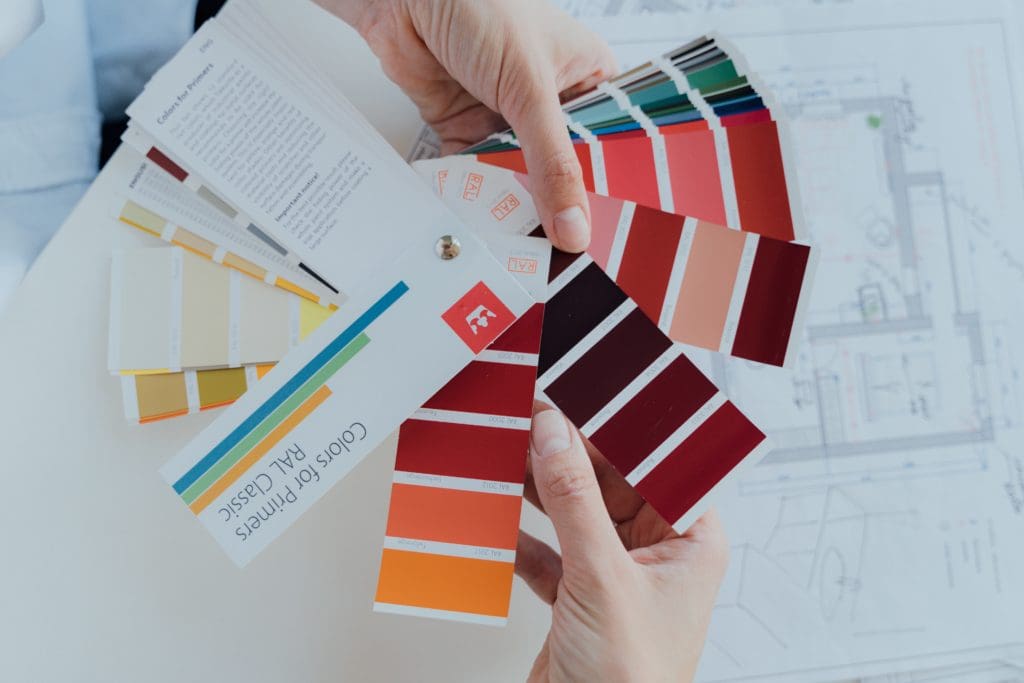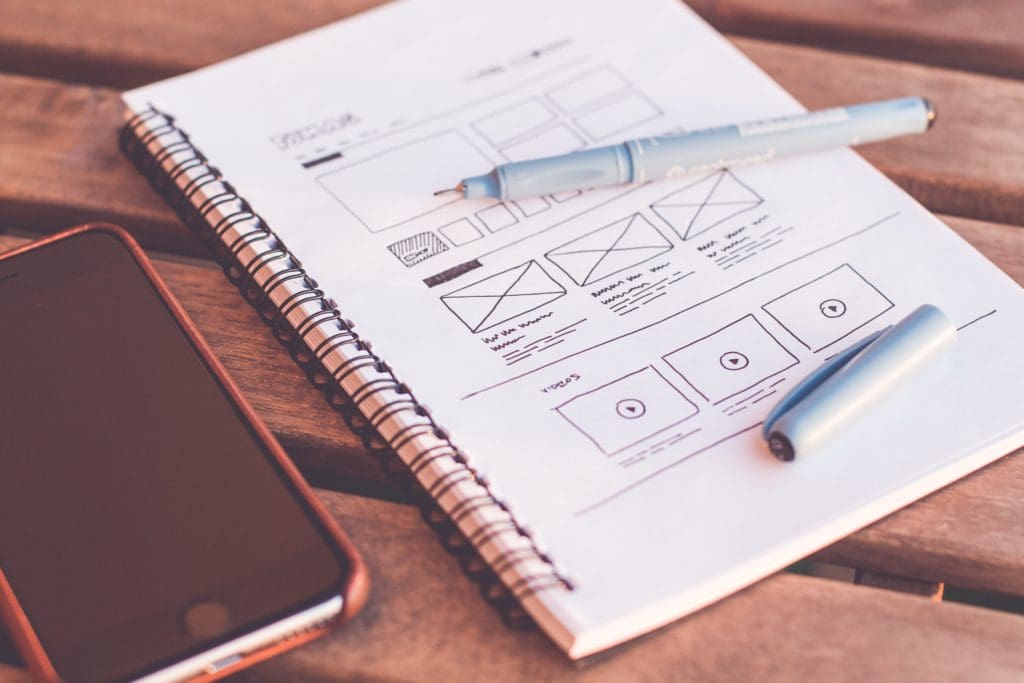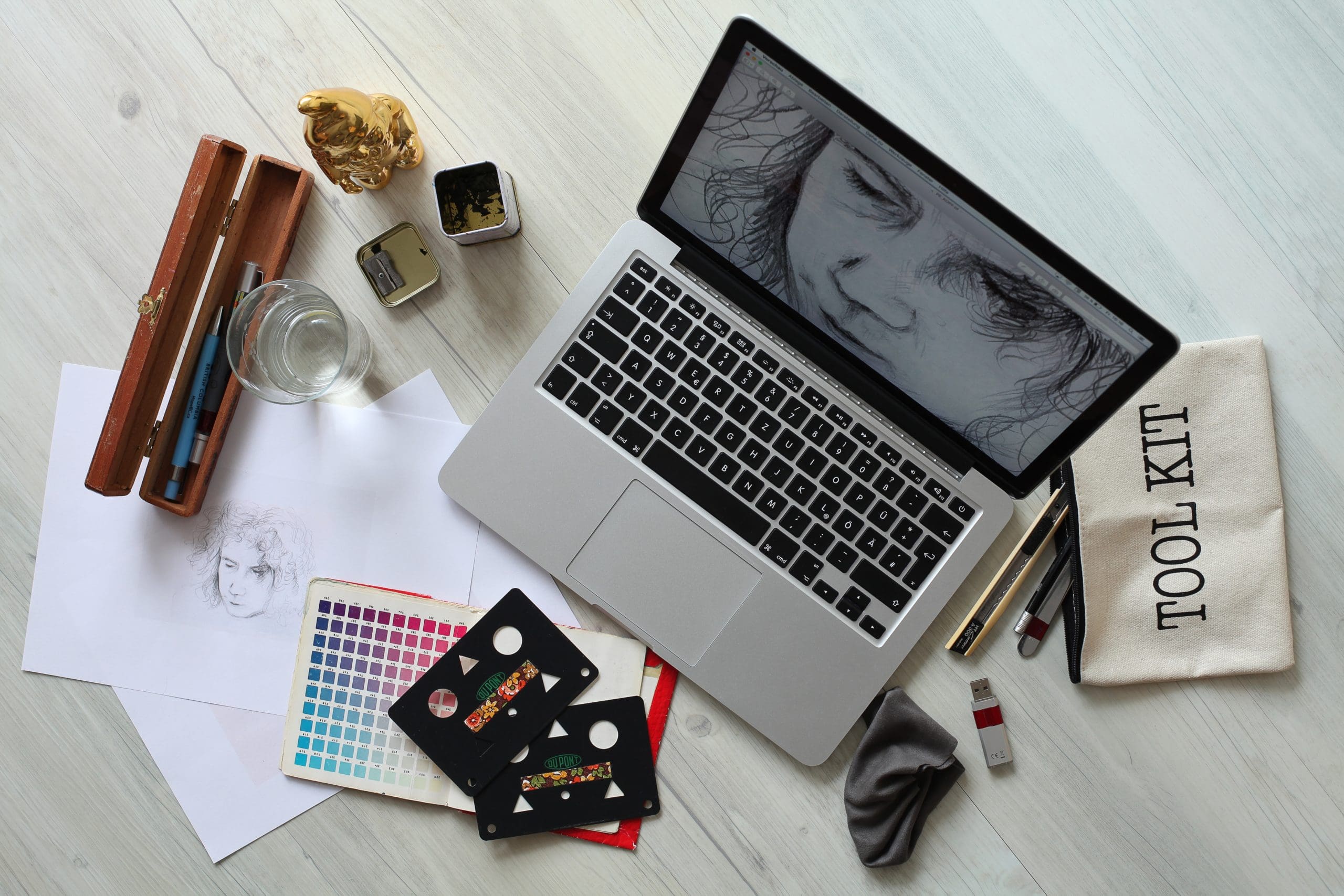As a graphic designer, you are often tasked with bringing the client’s vision to life through your designs. However, this can be challenging, especially if there is a gap between what the client wants and what you can deliver. This gap can arise due to various reasons, such as miscommunication, lack of understanding of the client’s needs, or simply having different design aesthetics.
Bridging this gap is essential for the project’s success, as it ensures that the client is satisfied with the final product and you have a happy customer who is likely to return for future projects. This blog will discuss tips and techniques to help bridge the gap between a graphic designer and a client.

Communication is Key
Communication is one of the most integral factors in bridging the gap between a graphic designer and the client. It is essential to ensure that both parties are on the same page from the start, as this will help avoid any misunderstandings or miscommunications as the project progresses. You can do this by having a clear and detailed brief from the client, asking questions to clarify their vision, and providing regular updates to keep them in the loop.

Be open and honest with your client- whether it’s to express your ideas or to address any concerns they may have.
Understand the Client’s Needs and Goals
Understanding the client’s needs and goals for the project will help you create designs that meet their expectations and align with their vision. You can ask questions such as what kind of image they want to convey, who their target audience is, and what their overall goals are for the project.

Understanding the client’s needs and goals will also help you make informed decisions about the design elements, such as the colours, fonts, and images to use.
Be Flexible

Another important factor in bridging the gap between a graphic designer and the client is being flexible. While it’s important to stick to your design aesthetic and professional standards, it’s also essential to be willing to make changes and adjustments to meet the client’s needs. This means being open to feedback and suggestions and being ready to make edits to the design if necessary.

The client may have limited design knowledge and need help understanding the impact of specific changes, so being flexible and willing to educate them can help make the process smoother.
Provide Options
Providing options will help you present different design solutions and allow the client to choose the one they like best. The client’s choice will help you better understand their preferences and ensure that the final design meets their expectations.

Additionally, it can help you identify potential problems early on, saving time and effort in the long run.
Be Professional

Lastly, it’s crucial to maintain a professional demeanour when working with clients. Being respectful, timely, and reliable while providing quality work that meets professional standards goes a long way. Being professional will not only help you build trust and credibility with the client but also establish a positive working relationship.
Have a Concise Process in Place

A process can and should ideally include the steps you take to gather information and feedback, the methods you use to communicate with the client, and the timeline for the project. Having a straightforward process in place can streamline the experience and make it easier for you to manage the project effectively.
Bridging the gap between a graphic designer and the client can be challenging, but it can also be a rewarding experience with the right approach. By following the tips and techniques outlined in this blog, you can ensure that the client is satisfied with the final product and that you have a happy customer who is likely to return for future projects.
Whether it’s through effective communication, understanding the client’s needs and goals, being flexible, providing options, or maintaining a professional demeanour, these techniques can help you build a strong and successful working relationship with your clients.

Remember, being patient and approaching each project with an open mind is essential. Every client is different, and each project has unique challenges and opportunities. By taking the time to understand the client’s vision and being willing to make changes and adjustments along the way, you can help ensure that the final product exceeds their expectations.
Attending workshops and conferences, reading design blogs and books, and seeking feedback from other designers and clients. By continually improving your skills, you can stay up-to-date with the latest design trends and techniques and ensure that your work remains fresh and relevant.
Finally, remember that every project is a learning opportunity that will help improve your skills as a graphic designer.
Share this blog with someone who can use it, and stay tuned for another one on how you, as a client, can effectively communicate with your designer!

